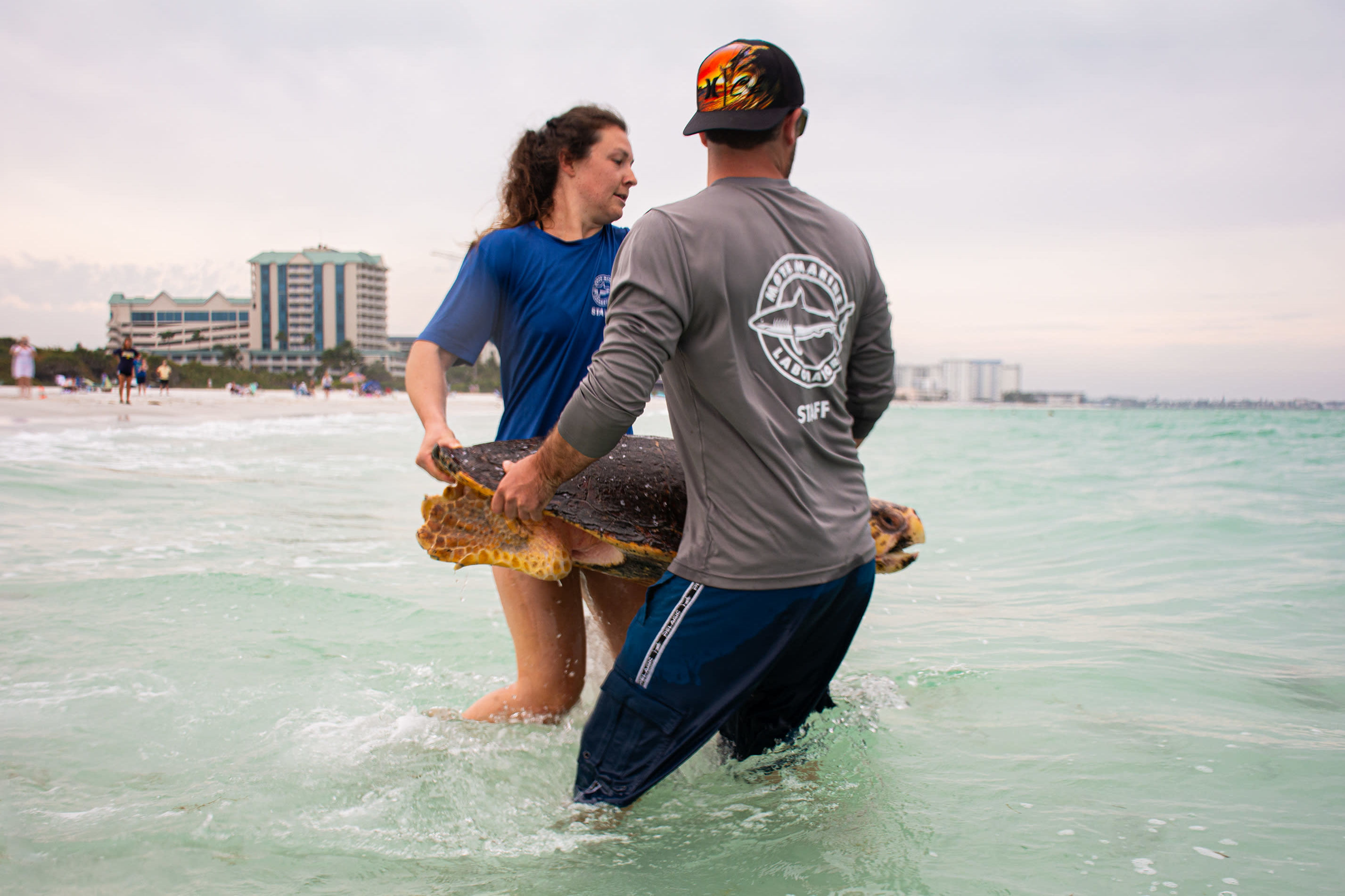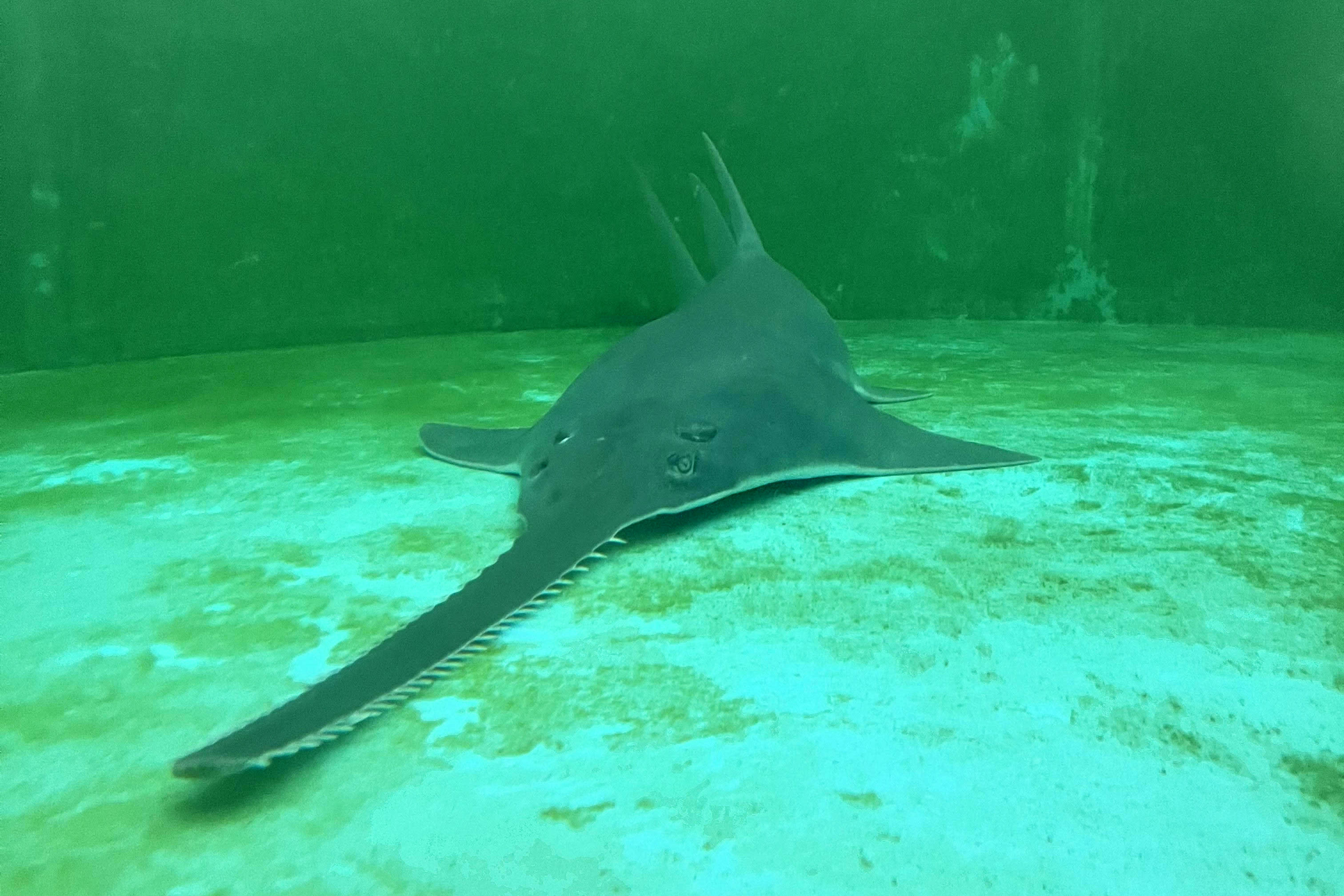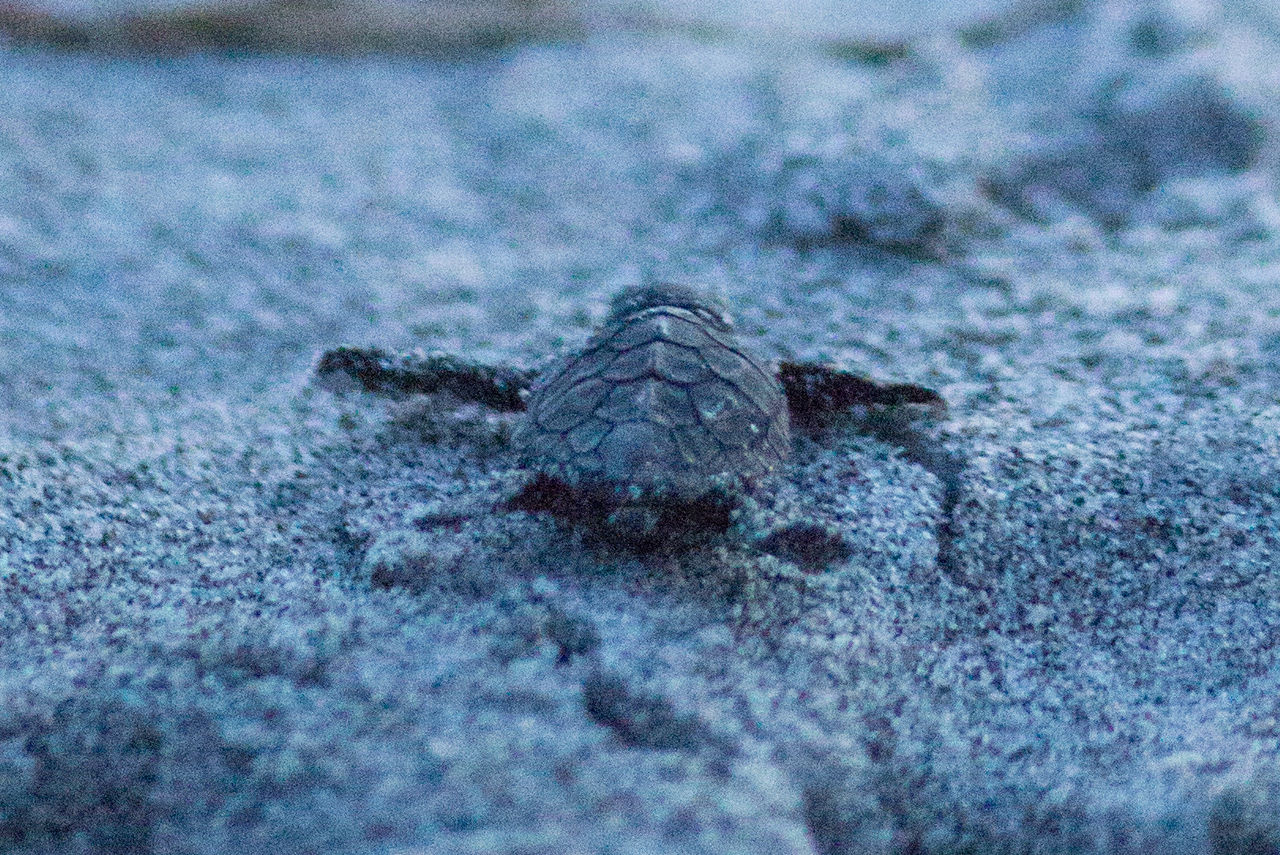First Sea Turtle Nests of 2017 Reported in Venice
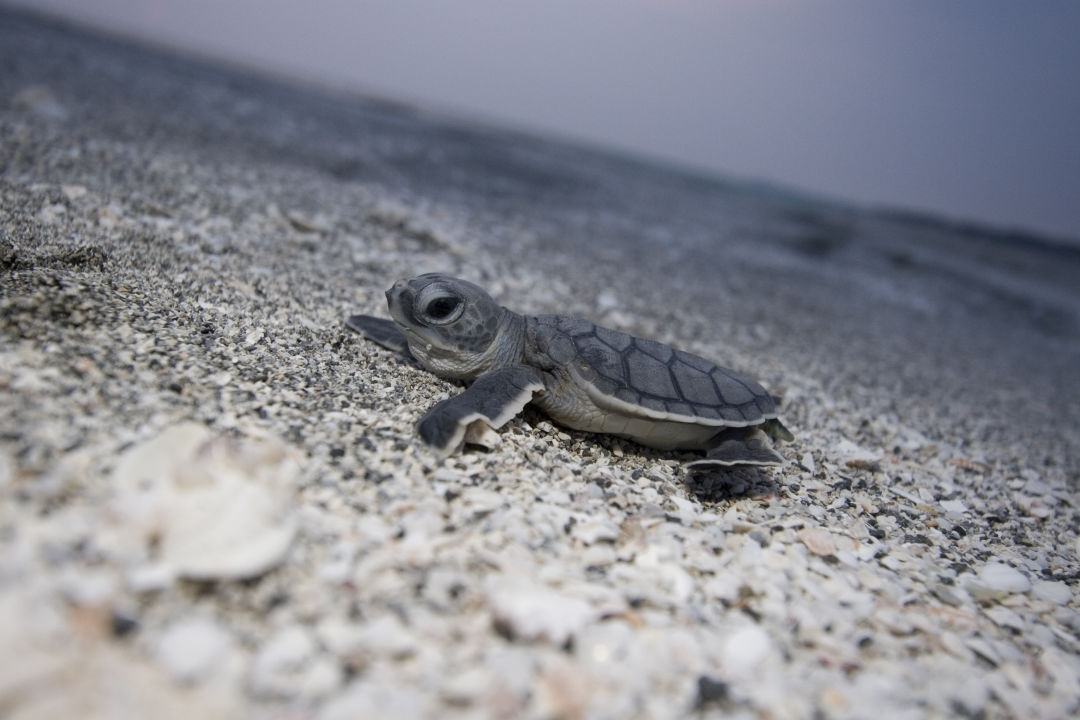
A baby sea turtle makes its way toward the ocean.
Image: Shutterstock
Celebrate the start of May with this great news: Mote Marine Laboratory documented the first three sea turtle nests of the year in Venice over the weekend.
Sea turtle nesting season runs from May 1-October 31; last year's nesting season set local records, and nesting has steadily increased in recent years.
According to Mote, these first nests were laid by loggerhead sea turtles, a threatened species protected under federal law. Loggerhead turtles are the most common species of turtle on Florida nesting beaches, followed by endangered green sea turtles. But in recent years, Sarasota County has also been home to a handful of endangered Kemp’s ridleys, among the smallest and rarest sea turtles.
And though the season officially starts today, “we started hearing reports of nests along southern parts of our coast last week, so we were expecting our first local nest,"says Kristen Mazzarella, senior biologist with Mote’s Sea Turtle Conservation and Research Program. "We hope this nest will be the start of another successful nesting season.”
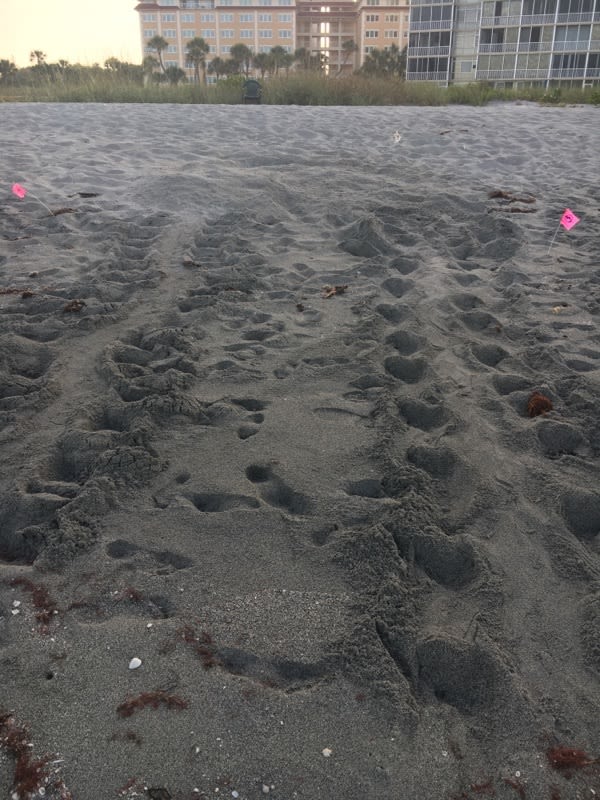
Mote celebrates the first sea turtle nests of the season in Venice.
Mote will continue its studies of local sea turtles by documenting every sea turtle nest and false crawl (when a turtle emerges but does not leave a nest) in its patrol area, marking each one with stakes and flagging tape and collecting all kinds data. Starting Monday, May 8, the public will be able to view Mote's weekly counts of sea turtle nests on Longboat Key through Venice here.
And the public can help sea turtles experience a safe nesting season. Here are a few suggestions for doing our part in sea turtle conservation:
- Be sure to observe the nesting turtles/hatchlings from a distance, and remain quiet to avoid upsetting the nesting area.
- Artificial light from beachfront properties can be disorienting to the nesting female turtles and their nests since they use the natural light to find the sea, so be sure to turn off any outdoor lights visible to the beach area to avoid disturbing the turtles.
- Try to move/remove as much debris from the path of the nests to the sea, such as furniture, that may deter the hatched baby turtles from reaching the ocean.
- Always follow the Coast Guard-approved guidelines while out on your boat, and stay alert of your surroundings to steer clear of sea turtles.
- Sea turtles and other marine life often times digest or get stuck in trash floating in the ocean, so be sure to avoid littering in the ocean by keeping all trash on deck until coming back to shore.
Mote also encourages residents to take action and contact the appropriate department in case of an emergency in regards to the sea turtles. Here’s what to look out for and who to contact.
If you see a sick, injured or stranded sea turtle or other marine animal, call Mote Marine Laboratory’s Stranding Investigations Program at (941) 988-0212 and/or Florida Fish and Wildlife Conversation Commission (FWC) at (888) 404-FWCC (3922)
If you suspect harassment/tampering with a sea turtle or it’s nest, contact your local sheriff’s department AND/OR Mote’s Sea Turtle Conservation and Research Program at (941) 388-4331.

